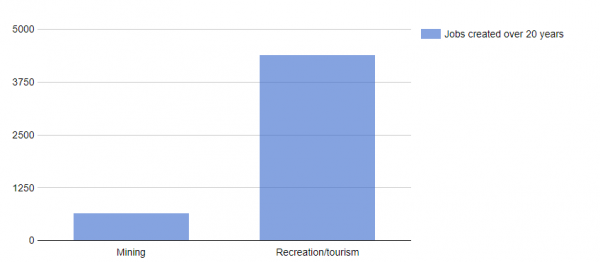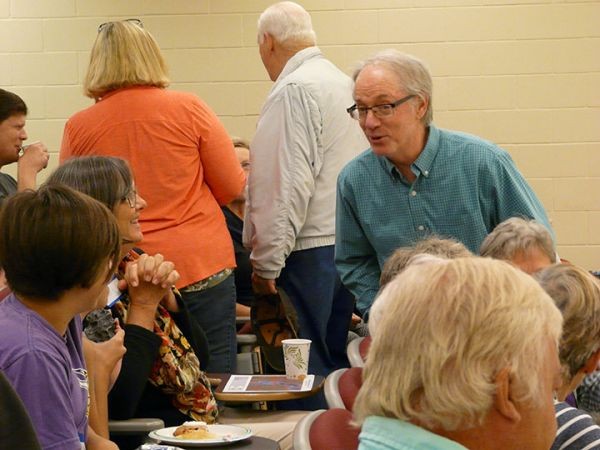Do you see loons and want to help advance the study of loons? Fortunately, Ely has Sherry Abts, Loon Ranger. She has been working to fill a void in the DNR official Loon Watcher Program that has been cancelled.
On March 1st, the DNR officially cancelled the Loon Watcher Program (attached). The Minnesota Loon Watcher Survey began in 1979 and has grown to covering 350 to 400 lakes with over 300 volunteers. The DNR plans to spend time re-evaluating the program and relaunch the program in the future.
Sherry has been a citizen scientist volunteer since 1993. She has worked with loon experts such as Dr. David Evers, Dr. James Paruk, Dr. Jay Mager, USGS Kevin Kenow, and Erica LeMoine. Sherry has assisted with loon research on 3 Earthwatch projects, (Seney Wildlife Refuge, Michigan and Lake Jocassee, SC, loon wintering area). Sherry has assisted with night captures and gathered data on 14 lakes in Oconto County Wisconsin for 10 years under the LOONWATCH program. She also leads local Ely area Loon Observations in Ely, MN. She has given over 20 presentations.
Sherry Abts has developed a local loon watch program here in Ely with a form to use to record your observations. She has provided training and background at our WICOLA April Spring Meeting, in May at the Ely Tuesday Group, and will conduct another training session June 5th at the VCC, classroom 104. This is the Ely Field Naturalist Program. Please feel free to contact Sherry with any questions about loons or our new Ely area 2019 Loon Ranger Observation sheet.
The attached Loon Observation PDF contains the form to use to record your observations through 2019 at your home, cabin, or any favorite lake. If you need a paper form, please contact Sherry, her email and address are in the Observations attachment. Please help keep building data on loon populations, nesting, and behavior.
Sherry has some good tips on observing loons in the Observation attachment and in the attached “Loons In May” newsletter.


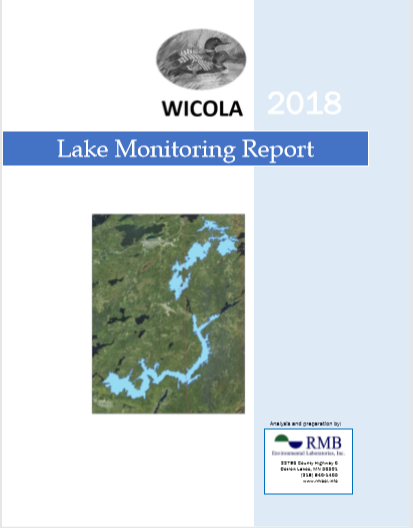 WICOLA is excited to announce the release of the 2018 Water Quality Report which analyzes ten years of water monitoring on our four-lake chain. The report highlights each lake and the entire chain’s water quality trends and makes recommendations for future steps to protect the water. You can find the report under the Resources Tab on WICOLA’s website or by clicking this link;
WICOLA is excited to announce the release of the 2018 Water Quality Report which analyzes ten years of water monitoring on our four-lake chain. The report highlights each lake and the entire chain’s water quality trends and makes recommendations for future steps to protect the water. You can find the report under the Resources Tab on WICOLA’s website or by clicking this link; 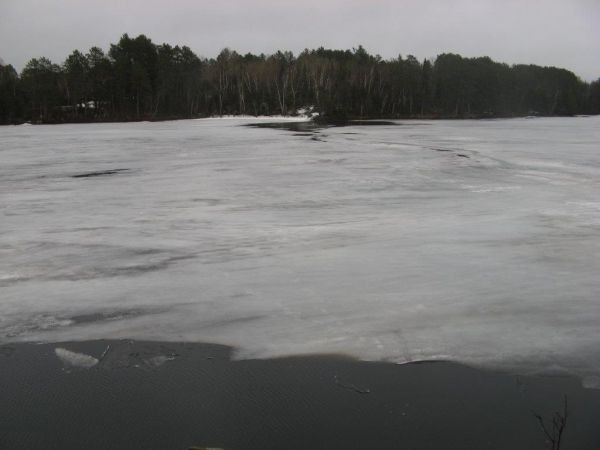

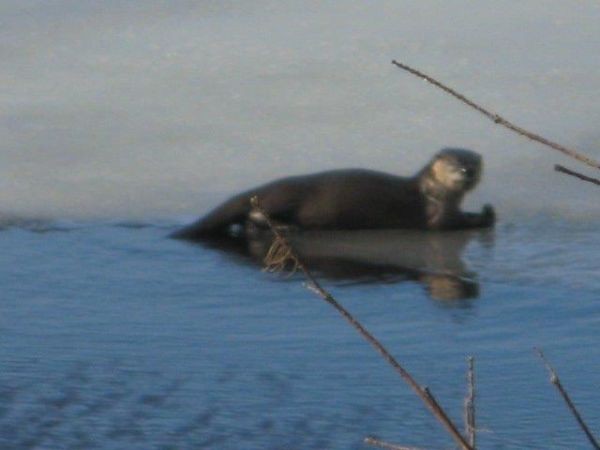
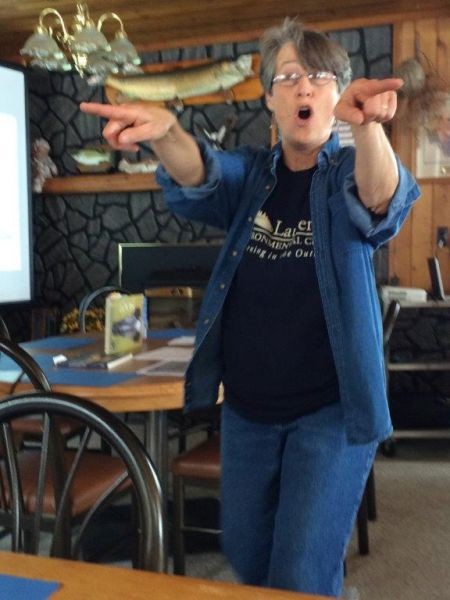
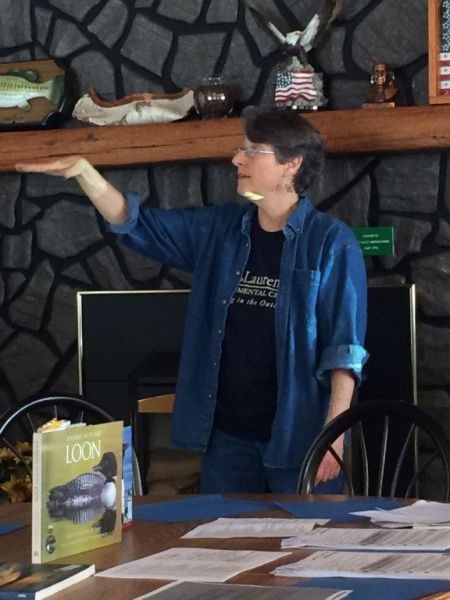
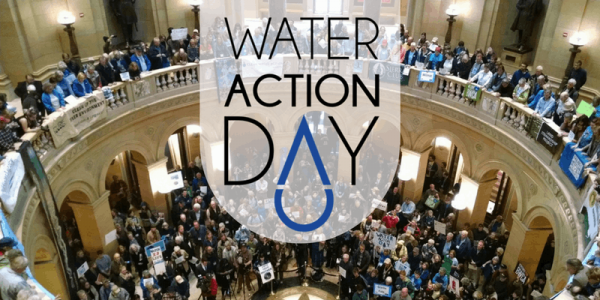 Water Action Day is a day of public action and advocacy to let lawmakers know Minnesotans care about their water.
Water Action Day is a day of public action and advocacy to let lawmakers know Minnesotans care about their water.
 White Iron
White Iron
 The Minnesota Department of Natural Resources is reminding lake property owners to carefully check boats and trailers, docks and lifts, and all other water-related equipment for invasive species when closing cabins for winter. Several AIS confirmations were initially reported by people making end of season inspections of docks, boats and boat lifts.
The Minnesota Department of Natural Resources is reminding lake property owners to carefully check boats and trailers, docks and lifts, and all other water-related equipment for invasive species when closing cabins for winter. Several AIS confirmations were initially reported by people making end of season inspections of docks, boats and boat lifts.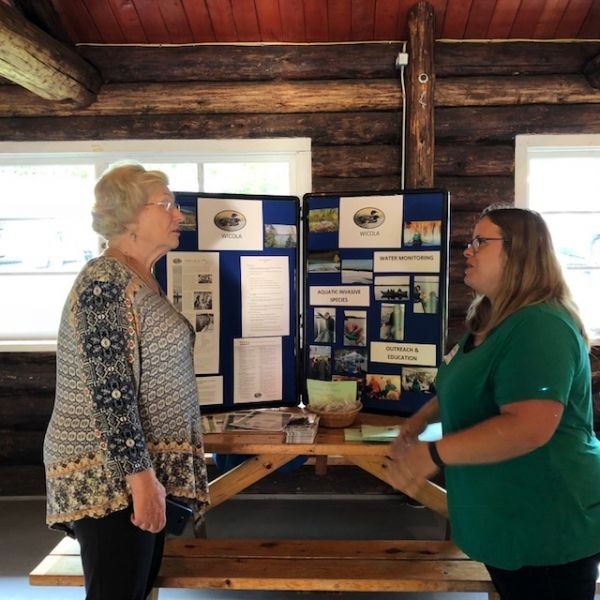 WICOLA members Teresa Sagen, Dolores Delaney and Charlene Mason represented WICOLA at this event in Ft. Francis, Canada.
WICOLA members Teresa Sagen, Dolores Delaney and Charlene Mason represented WICOLA at this event in Ft. Francis, Canada. 